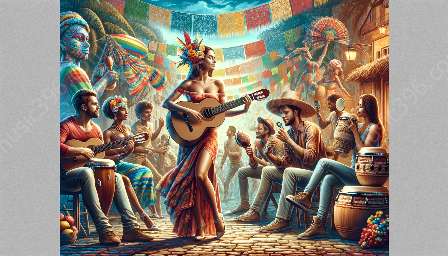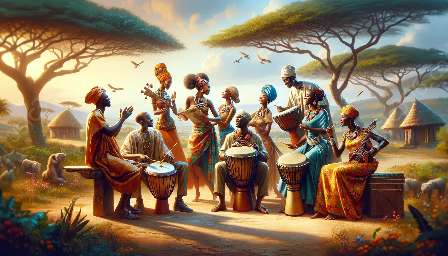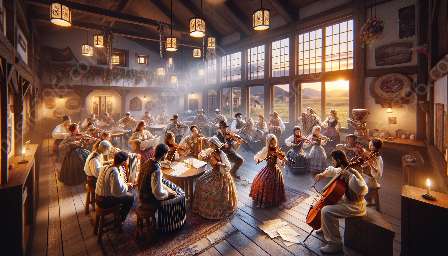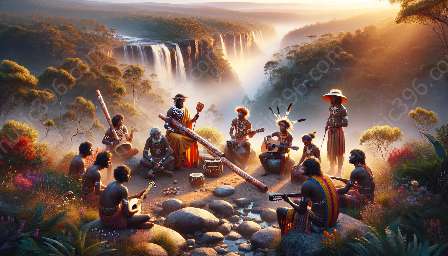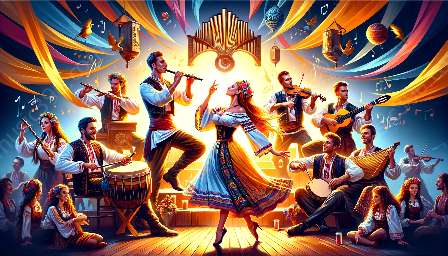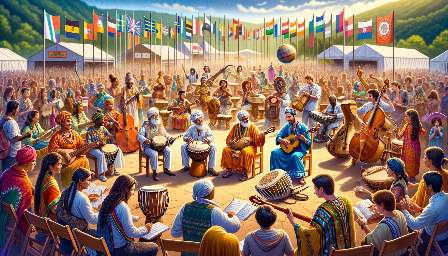Latin American music is a vibrant and diverse genre that reflects the complex history of colonization and the diverse cultural influences that have shaped the region's musical traditions. From the indigenous rhythms of pre-Columbian civilizations to the fusion of African and European musical styles, Latin American music is a testament to the resilience and creativity of its people.
Impact of Colonization on Latin American Music
The history of Latin American music is deeply intertwined with the legacy of colonization. The arrival of European explorers in the Americas brought with it a collision of cultures, languages, and musical traditions. The indigenous peoples of the region had their own rich musical heritage, with diverse instruments and vocal styles that varied from one community to another.
With the arrival of Spanish and Portuguese colonizers, the indigenous musical traditions began to intertwine with European musical styles. The result was a fusion of rhythms, melodies, and lyrical themes that gave birth to new forms of music, such as the corrido in Mexico, the tango in Argentina, and the bossa nova in Brazil.
Diversity of Latin American Music
Latin American music is incredibly diverse, reflecting the multitude of cultural influences that have shaped the region's musical traditions. From the syncopated rhythms of Afro-Cuban music to the haunting melodies of Andean folk music, Latin American music encompasses a wide range of styles and genres.
The music of Latin America also holds a special place in the world music scene, with its infectious rhythms and passionate performances captivating audiences around the globe. Artists like Celia Cruz, Carlos Santana, and Rubén Blades have brought Latin American music to the international stage, showcasing the richness and diversity of the genre.
Evolution of Latin American Music
Over the centuries, Latin American music has evolved and adapted to changing social, political, and cultural contexts. The music of the region has been shaped by revolutions, social movements, and periods of political upheaval, with artists using their music as a means of expressing resistance, solidarity, and hope.
In recent decades, Latin American music has experienced a global renaissance, with artists blending traditional musical elements with modern production techniques, creating innovative fusions that appeal to audiences worldwide. From the rise of reggaeton to the global popularity of salsa and bachata, Latin American music continues to influence and inspire musicians and listeners across the globe.
Latin American Music as a Global Influence
As Latin American music continues to gain recognition on the world stage, its influence on global music trends becomes increasingly apparent. Artists from outside the region are drawing inspiration from Latin American musical traditions, incorporating elements of salsa, cumbia, and samba into their own compositions.
Furthermore, the rise of digital platforms and streaming services has made it easier than ever for audiences to discover and appreciate Latin American music, leading to a greater appreciation for the genre's rich history and diverse styles.

